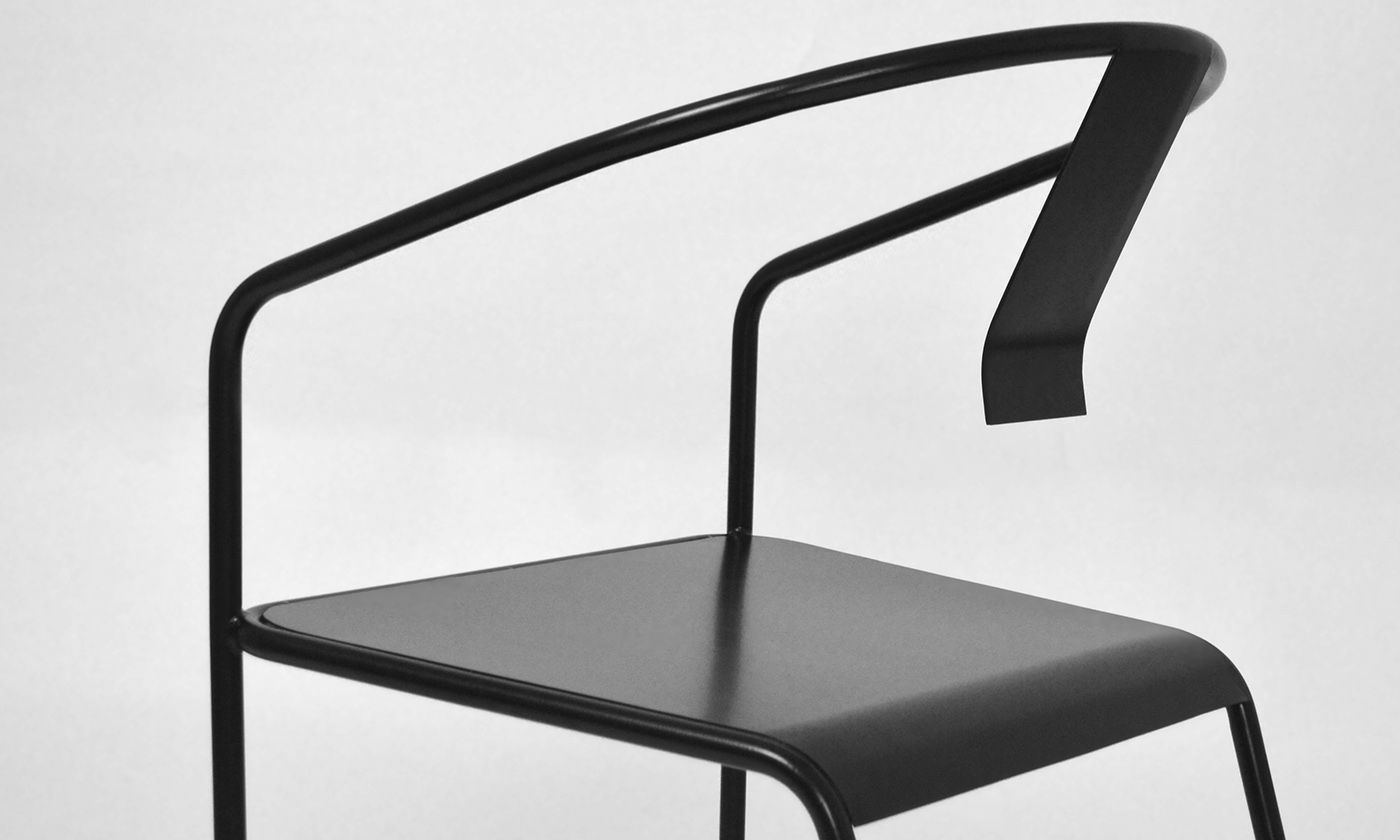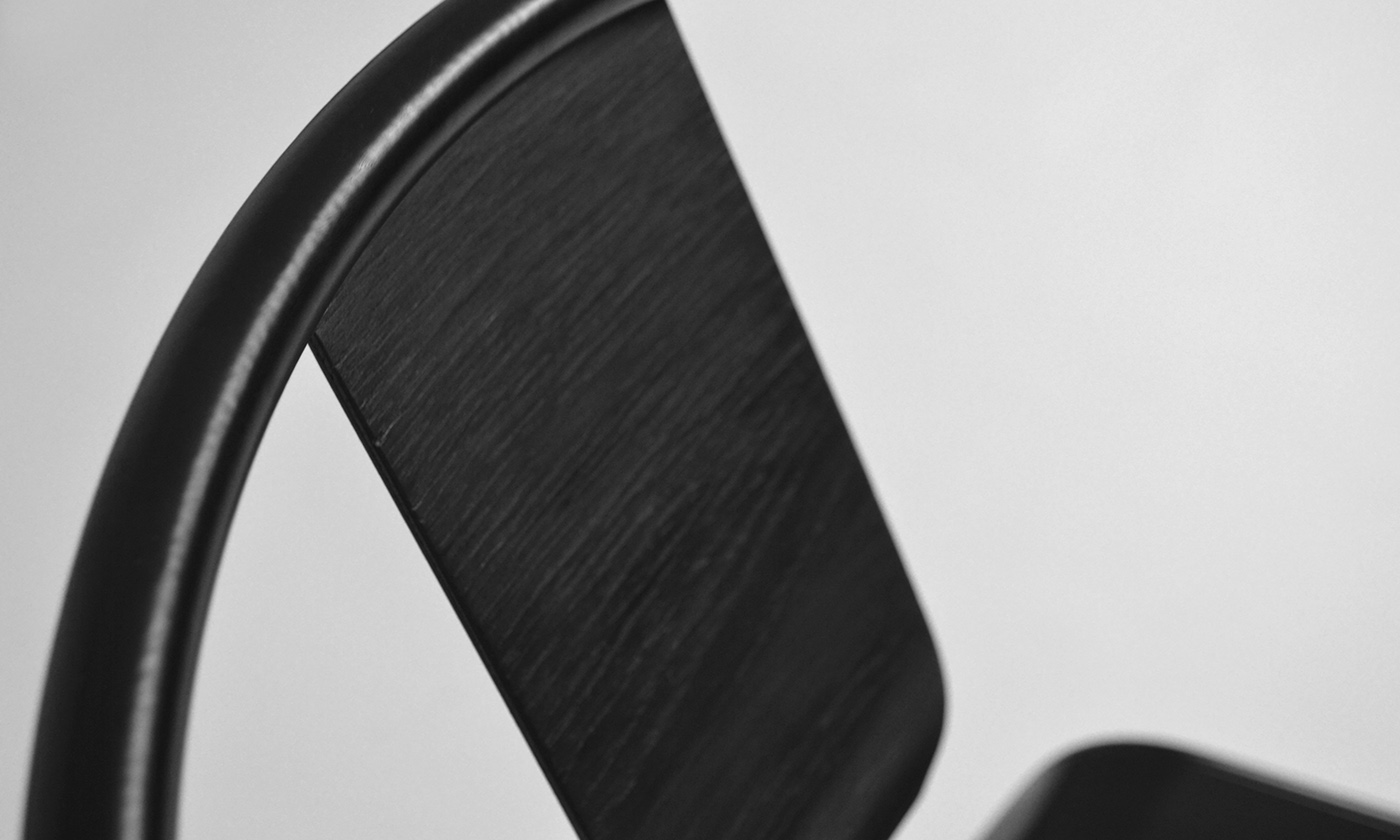




Model in image: Jana Butman
My parents are from Singapore, our ancestors from China. I was born in the US (Wisconsin, to be precise). I never learned my parents language. I have a "perfect American accent". In classes, I was asked to tell the class about "my culture". I would be teased for bringing in rice and seaweed for lunch. Small thing like this were normalized and eventually, I internalized that I was an ethnic "other". There were times throughout my childhood when I wanted to be the least "asian" I could be and just be "normal".
Going to college, I naively thought that the I'd have more in common with the international students from China . Once I began classes, and got to know some of them a little better, I realized that I hadn't much in common with them either. I received light hearted jokes like, "Oh? You don't speak Chinese? You're not really Chinese."
I realized that I was in a liminal space of neither fully identifying with the mythical "American" norm, nor "Chinese". Where I found a sense of community, like I didn't know before, was among second generation immigrants: people whose parents immigrated to America. Among people of this identity, we shared a sense of longing to be part of our parent's culture but felt some what apart from our "roots" because our formative years were spent in America. On the other end, we felt like we were not fully accepted as "American" because of constant questions and remarks like "Where are you from? Where are your people from? You speak English so well."
Enter "Third Culture". Only recently did I start to come to terms with the dualities and paradoxes of my identity and find comfort and confidence in accepting that the reason I felt so out of place is because I was comparing myself to the supposed origins of my culture. I would never be Chinese enough to be Chinese, nor American enough to be American. My misconception of the "Chinese-American" experience being somehow half Chinese and half American was an issue of semantics. I began to consider my experience outside of those two parts: a third culture.
I considered my position as a furniture designer and maker and it occurred to me that I had a unique opportunity to explore. Furniture objects are artifacts of culture. What is popular, or what styles arise can tell an incredible amount about what a culture values, their technologies, and their hierarchies. Did they prefer ornamentation, or minimal elegance? Was furniture made for religious purposes or for the home? How did socio-political interaction influence fashionable design?
Following this train of thought, I asked myself, "What would a third culture aesthetic of furniture look like? How could two aesthetic and conceptual values merge in a way that stayed true to the ideals of the "third culture"?".
I attempted this kind of design with my "Third Culture Bench" by fusing visual symbols. With this chair, I wanted to see if I could represent the different facets of my identity on a material level. To accomplish this, I drew inspiration from a Ming dynasty "horseshoe-back" wooden chair, and translated aspects of it into a steel form. The back of the chair is veneered with wood. The interaction between these two materials speaks to the way two identities may seem to be incidentally pressed together to create something outstanding. The wood isn't thick enough to support itself without the steel and without the wood, the metal would feel cold to the touch. In sum, the identity of the chair relies on the odd, yet elegant combination of materials.
I hope that this is the beginning of a series of furniture designs that can talk about cultural precedents and the way we see them: establishing a new kind of visual language unique to the cultures that produce them and creates a sense of ownership. I want third culture individuals to think "That's ours".


